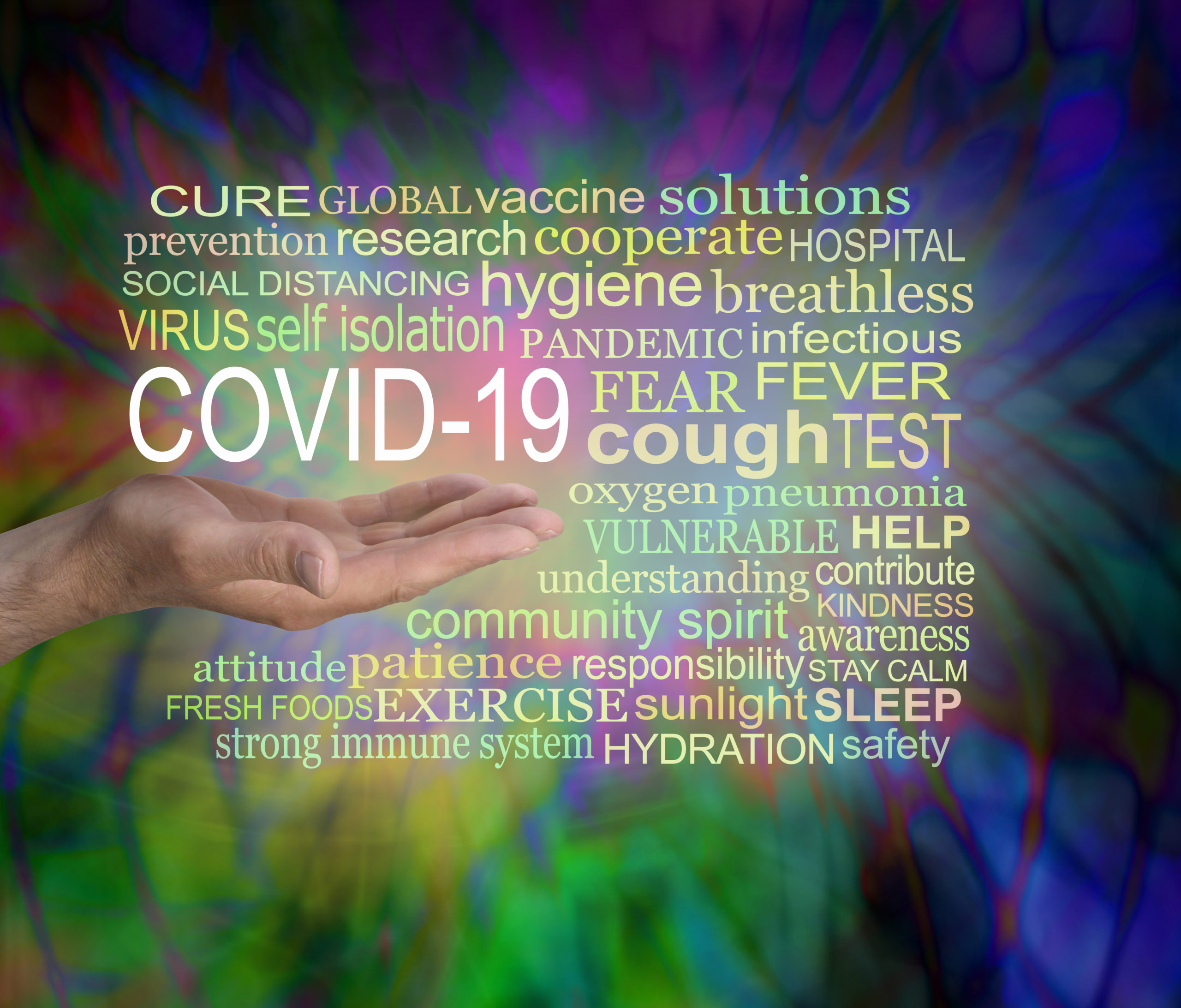If the title confused you, read on…With family road trips, we’re all tempted to the quick & easy drive through (my car’s carpet can attest to that!) and easy on-off potty break.
But fast food doesn’t need to be “unhealthy” food — Check out what two registered dieticians wrote on the topic. Their tips, while written for teens, apply to any family member.
Fast Food & the Lean, Mean Teen:
Seven Ways to Make Healthier (and Skinnier) Choices at the Drive-Thru
Being a teen is tough. Most days your schedule is jam-packed with activities from the time you crawl out of bed to the time you face-plant onto your mattress at night. You’re balancing school, social life, homework, chores, and a host of extracurricular stuff that might range from sports to band practice to an after-school job. You really don’t have time to plan out your meals and count calories—but you still want to be healthy.
“Fast food is part of the American lifestyle, and it’s not realistic to suggest that teens—or adults, for that matter—will never eat another burger or large fry again,” says Ellen Shanley, coauthor along with Colleen Thompson of the new book Fueling the Teen Machine: What It Takes to Make Good Choices for Yourself Every Day.
Read on for seven of Shanley and Thompson’s fast-food-savvy nutrition tips:
(Super)-Size does matter. We live in a society where bigger is better. Even in fancier sit-down restaurants, servings are often larger than what a healthy teenage stomach can comfortably consume. And while it’s tempting to go for the biggest package deal, the same thing is often true of “mega-sized” fast-food meals. Before you order the jumbo burger, think twice about whether you really need all that food.
Fish and chicken don’t always deserve their healthful rep. You know what they say about assuming: don’t. This is especially true when it comes to choosing your “main course” at the fast-food counter. It’s a common (if not universal) assumption that white meat is healthier than red meat—but that’s not always the case. Since many fast-food restaurants bread and fry their chicken and fish, these choices often end up having as much or more fat and calories than a hamburger.
Download the (nutritional) lowdown. Yes, it’s important to know what’s in the foods you eat—how many fat grams and calories, how much sugar, and, yes, how much good stuff like calcium and vitamin C. As mentioned, all fast-food joints provide nutritional info on their menu items. And Thompson and Shanley suggest that you stay on top of what’s what the high-tech, twenty-first century way. That’s right—there’s an app for this, too!
Go green. Yeah, sometimes you’re just craving some salty fries more than anything else. But if you’re not being driven by the relentless need for some deep-fried potatoes, give some thought to ordering a side salad instead. It’s a great way to fit in a serving of nutritious veggies!
Skip the mocha-frappe-espresso-ccino-with-whipped-cream coffee drink. Yes, coffee shops are fun hangout spots, and all those specialty coffees and baked goods look scrumptious! (And some fast-food restaurants have these sweet, caffeinated treats, too!) But did you know that one beverage and a muffin are often a whole meal in terms of calories…though not necessarily in terms of nutrition? Ordering these treats on a regular basis might not be so desirable after all.
Think outside your go-to wrapper. Most of us gravitate toward one or two meals when we go to our favorite fast-food spots. Although it might mean reading the menu more carefully than you have in years, going beyond “the usual” might pay off for your tastebuds…and your body.
Step away from the soda. Did you know that those caffeinated, refreshing beverages account for as much as 10 percent of the typical teen’s daily calories? Yikes! Many of us overlook drinks when assessing the nutritional value of any given meal, which can be a mistake. You don’t have to cut sodas entirely—but remember that moderation is key.
About the Authors:
Ellen Shanley, MBA, RD, CD-N, is a registered dietitian and a faculty member in the Department of Allied Health Sciences at the University of Connecticut, where she directs the dietetics program and teaches courses in food systems management. Ellen lives in Glastonbury, Connecticut, with her husband and two adult children (who just graduated from college).
About the Author: Colleen Thompson, MS, RD, is also a registered dietitian and the director of Hawley Armory, the fitness center for employee health at the University of Connecticut. Colleen lives in Wallingford, Connecticut, with her husband and their three teenage sons.







[…] Fast Food Nutrition Tips and Healthy Drive-Through Choices … […]
You have made some great points. However, we say just go to Subway and ask your kids to pick a non- white bread and make a sub with at least 4 naturally sourced colors. Five is better! This way they are engaged in the process and are focused on phytonutrients – colors! The drink? Water, only!… for the health of your family.
Excellent weblog here! Also your site loads up fast! What web host are you using? Can I get your associate link for your host? I want my site loaded up as quickly as yours lol
Hi there would you mind letting me know which hosting company you’re using? I’ve loaded your blog in 3 completely different internet browsers and I must say this blog loads a lot quicker then most. Can you suggest a good internet hosting provider at a fair price? Cheers, I appreciate it!
No problem!!!
Email me at Amy@MomTiniLounge.com & I’ll get you the info – so happy you’ve got a good experience with it!!!
I am so thrilled I stumbled upon your site. I really found you by accident, while I was browsing on Bing for something else. Anyways I am here now and would just like to say thank you for a great post and an all round inspiring blog. (I also like the theme/design), I don’t have time to read through it all at the minute, but I have added your website to my favorites, so when I have time I will be back to read more. Please do keep up the awesome job!